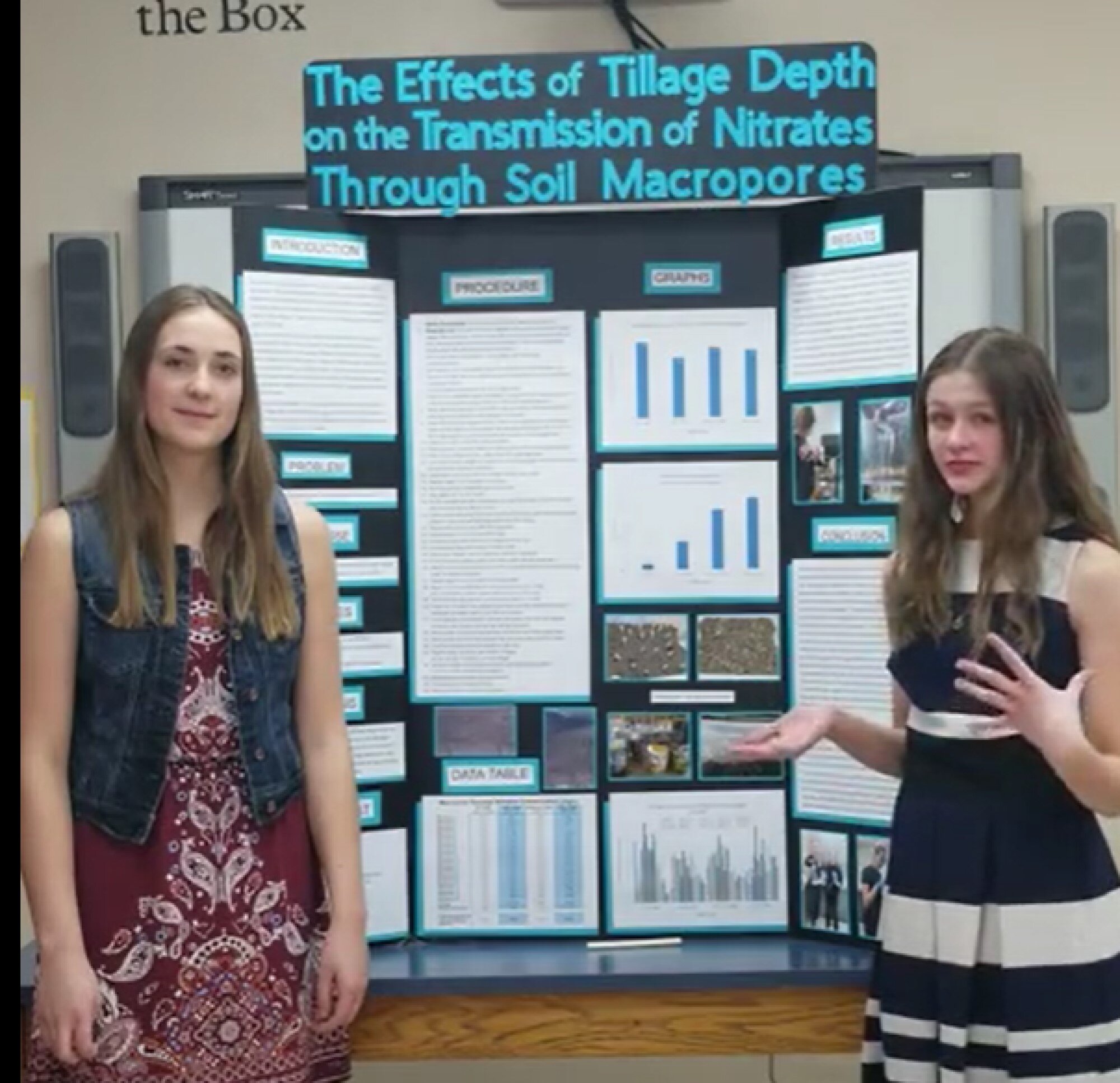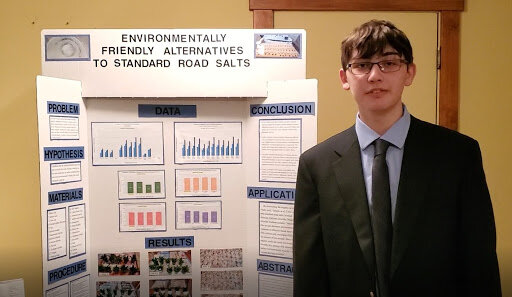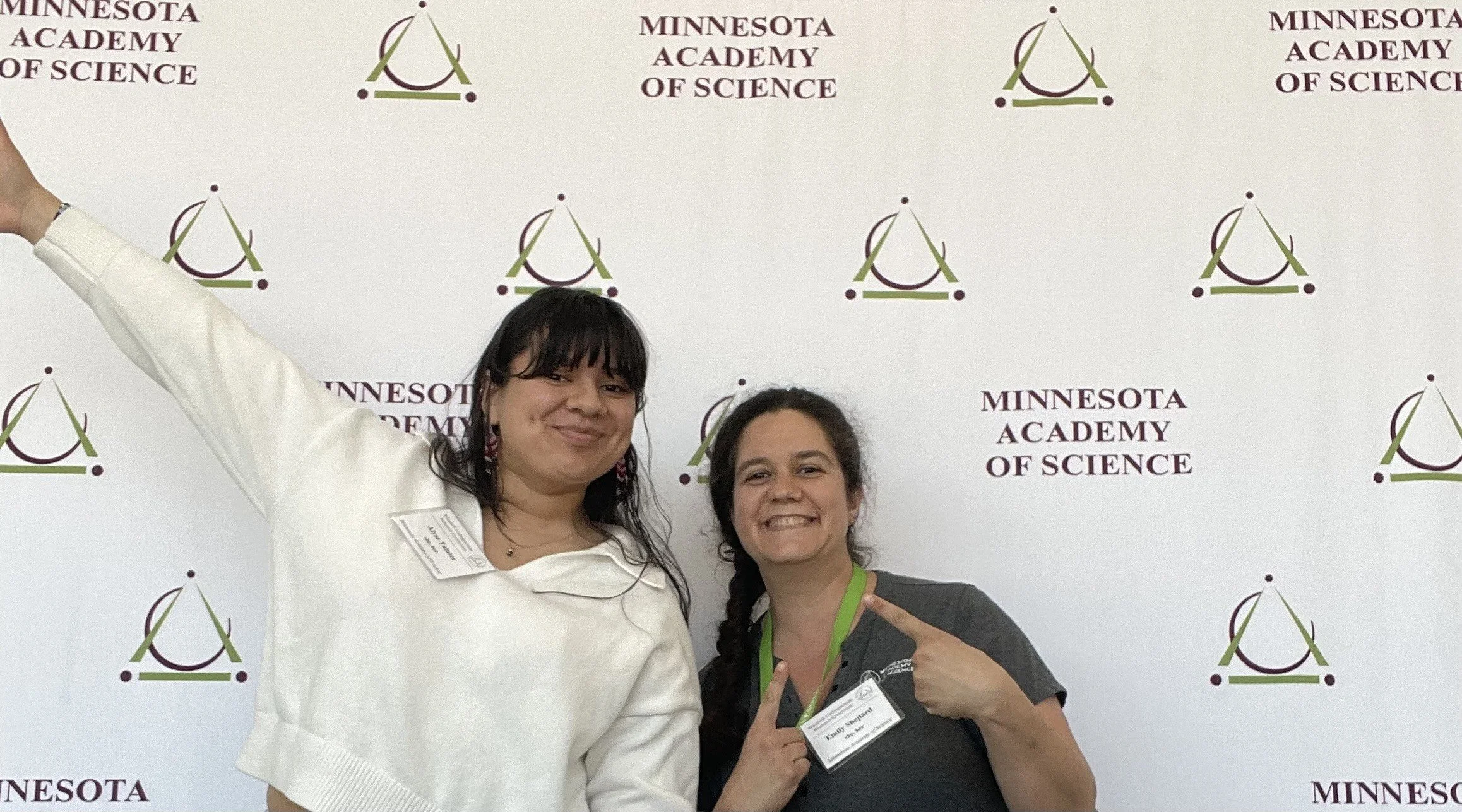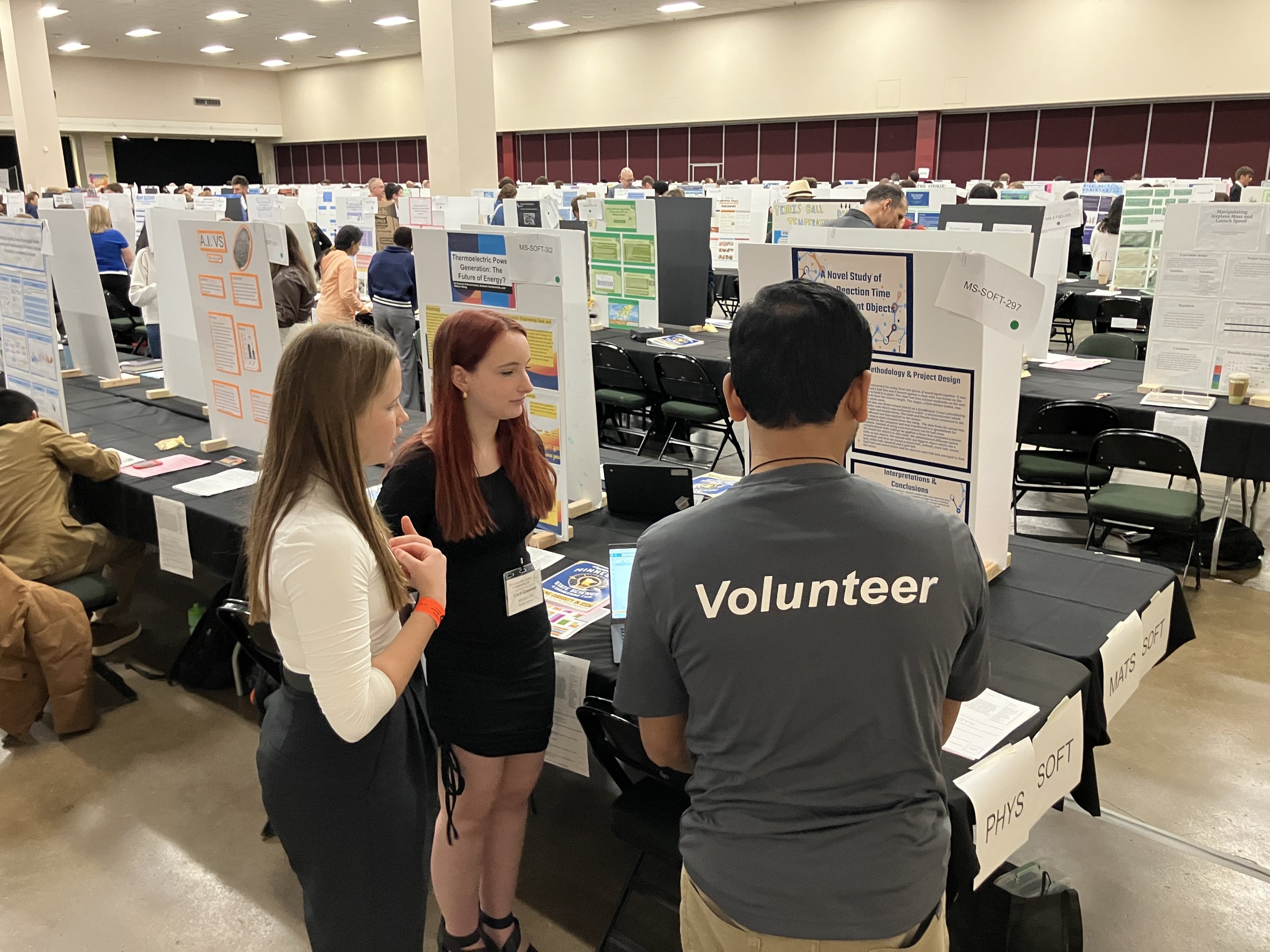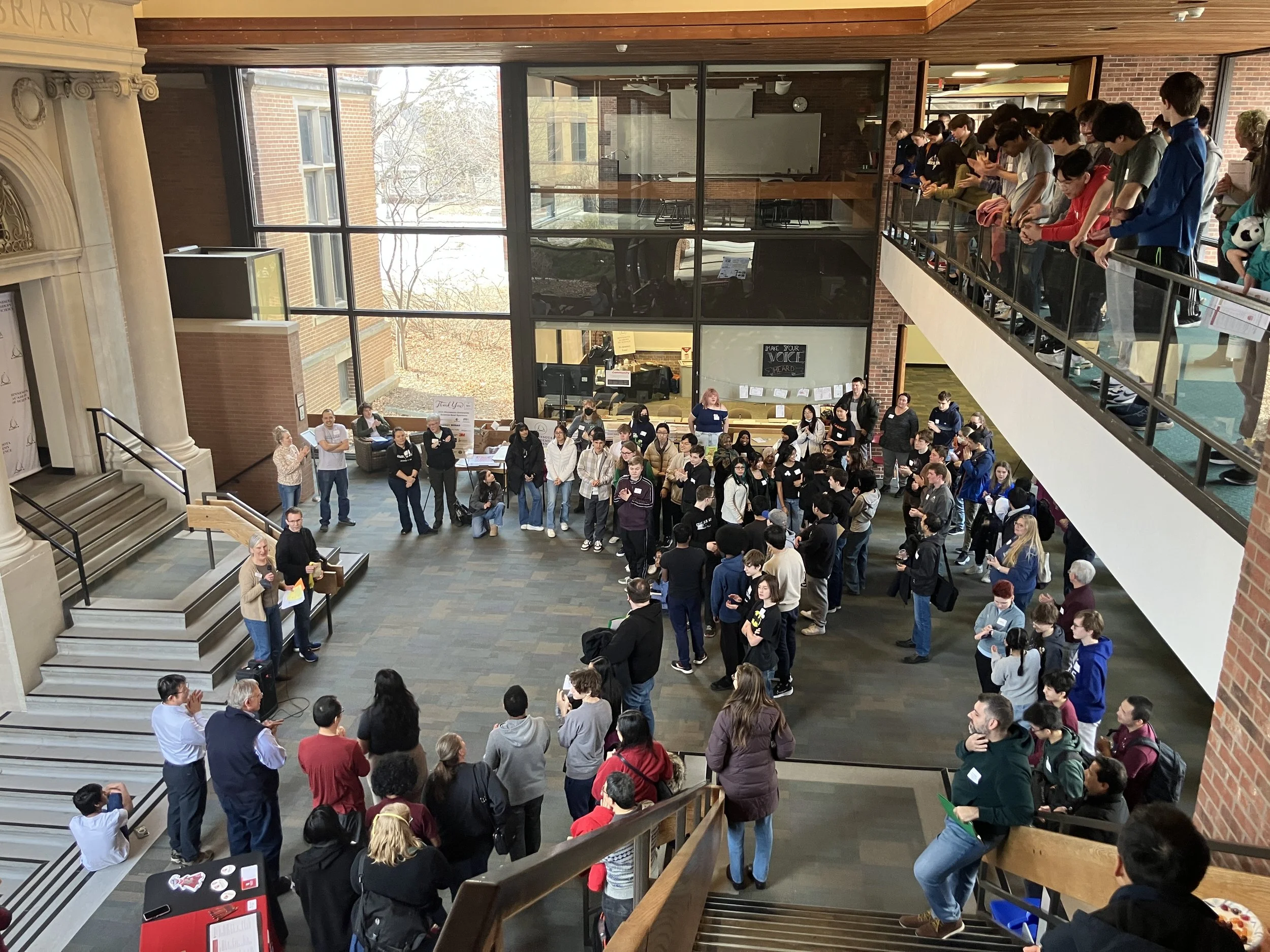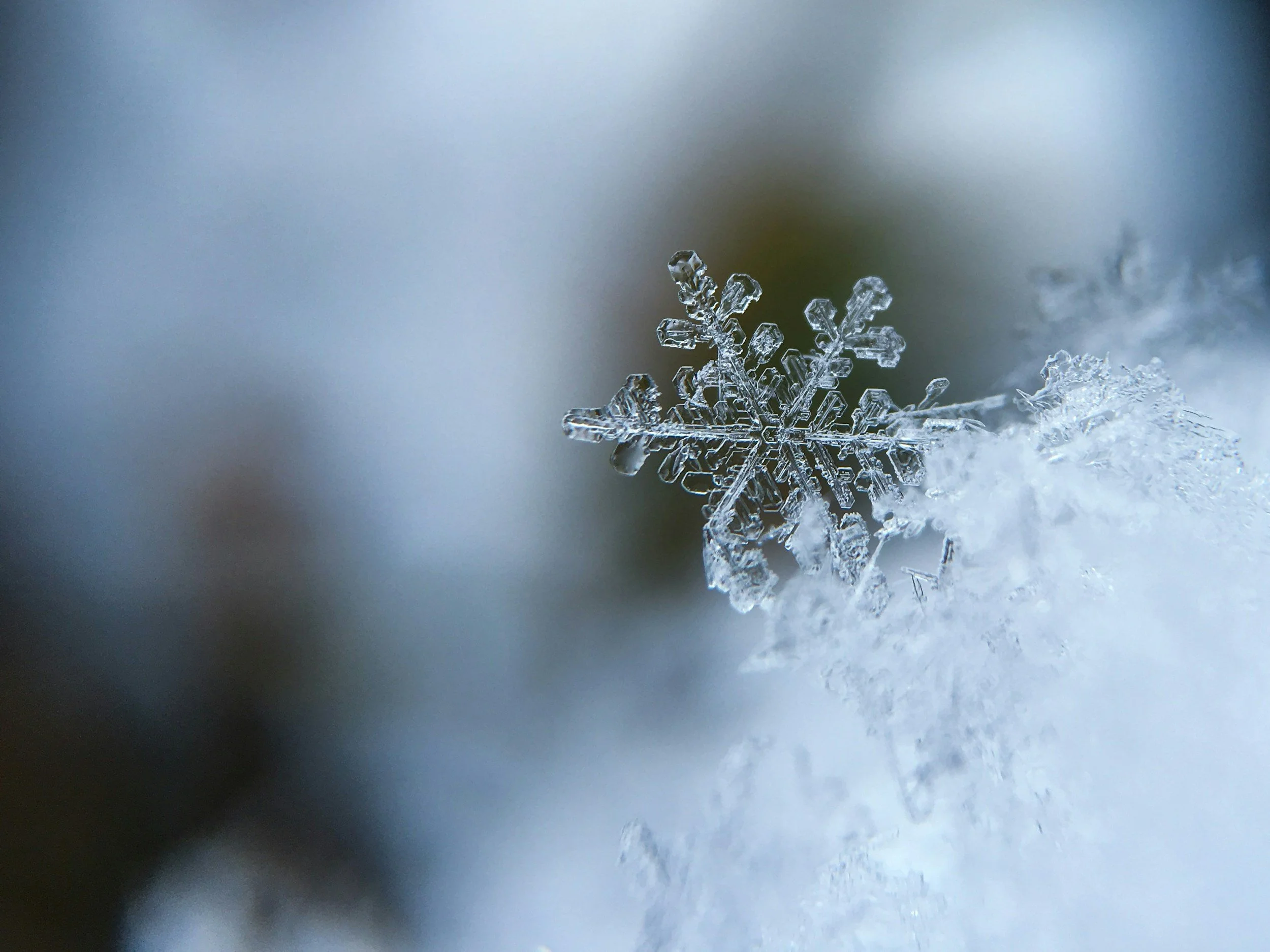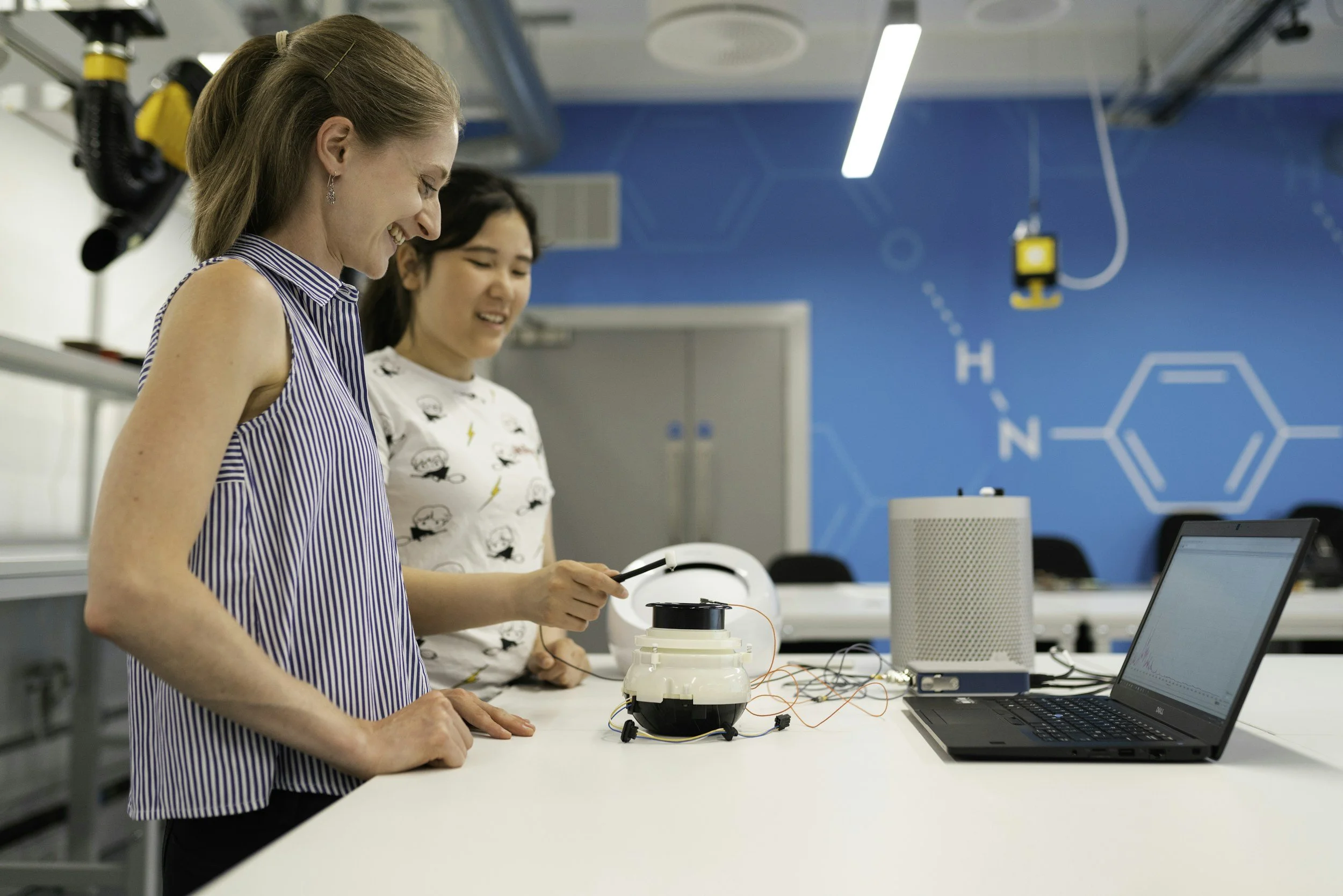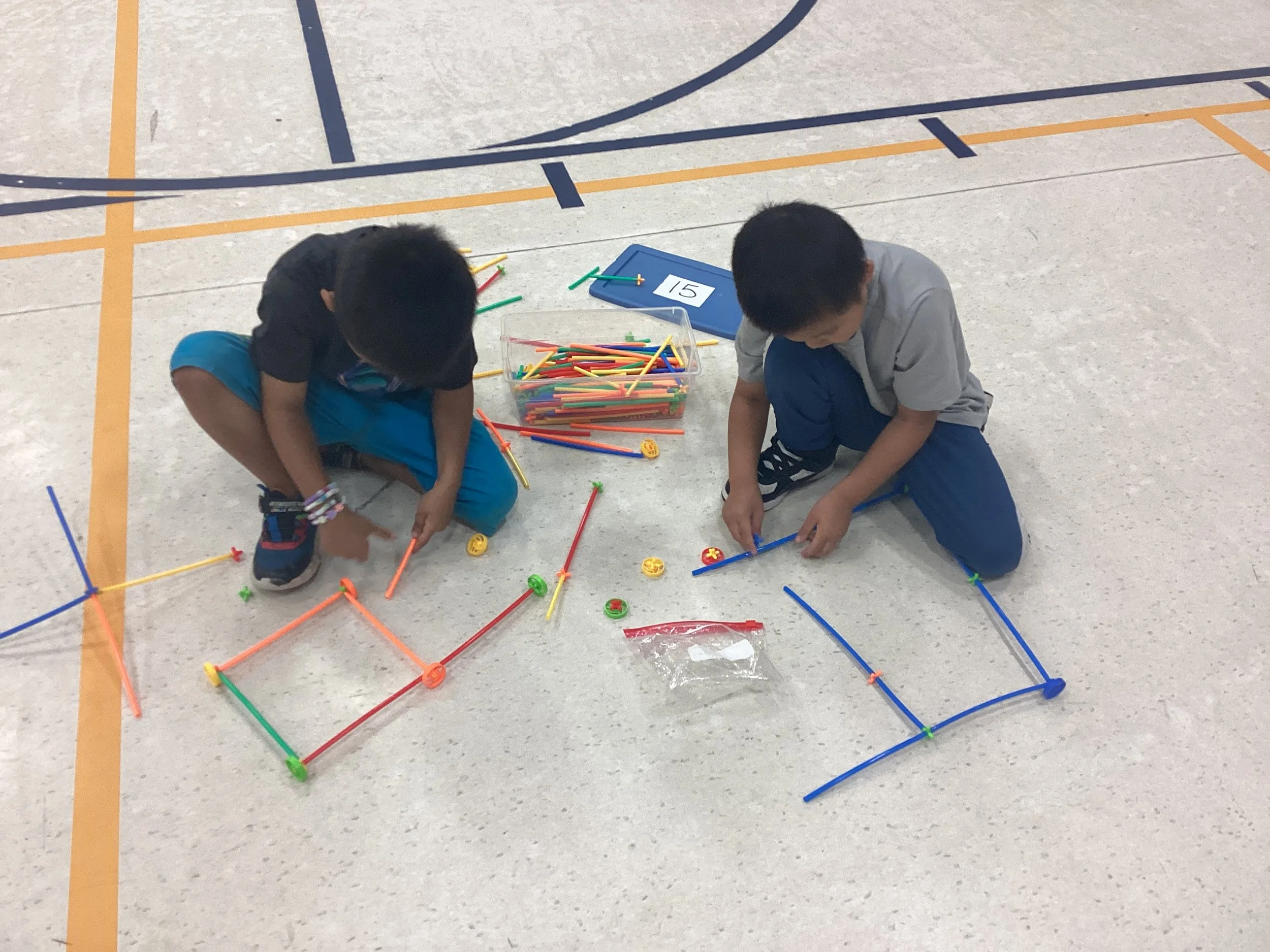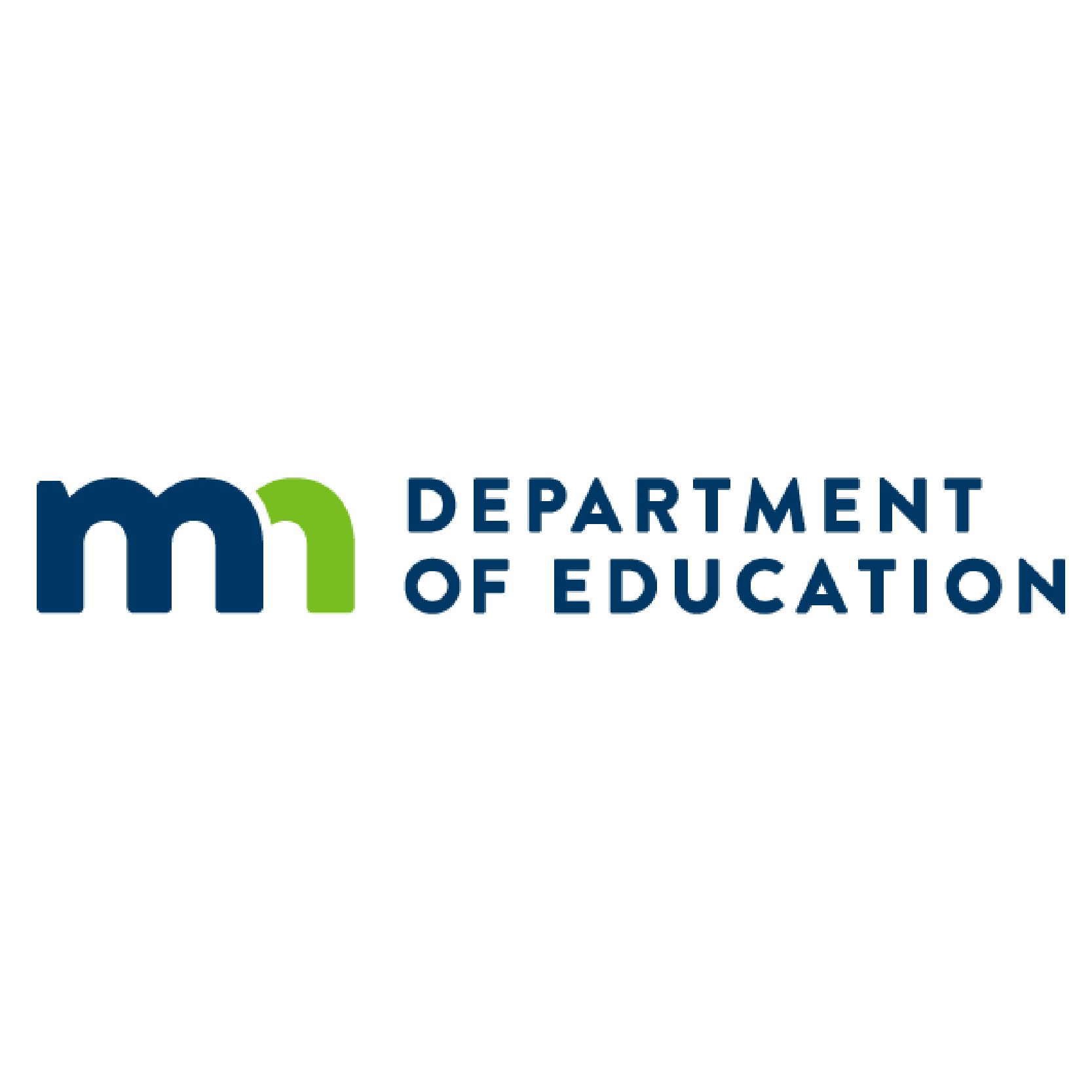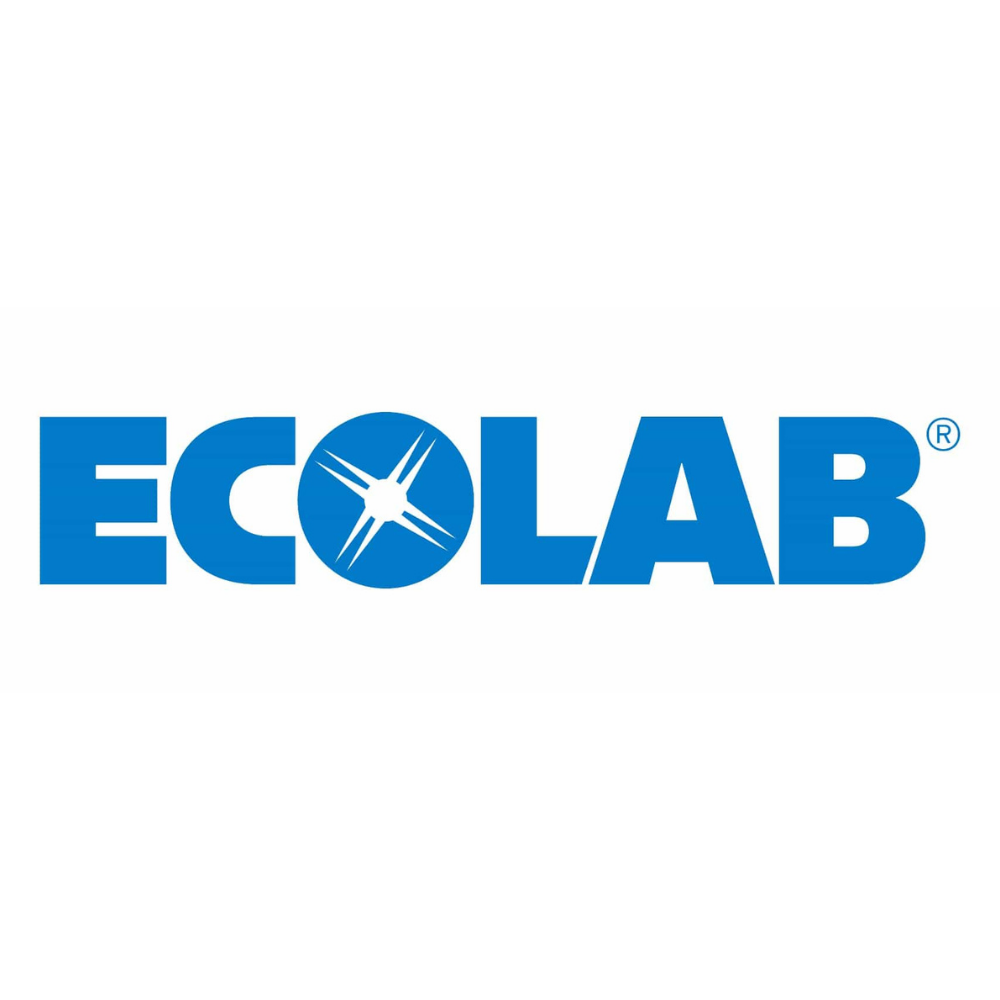IN THIS ISSUE: MAS Pivots to Virtual Science Fair and JSHS | MN Students Win at National JSHS | STEM from Home Resources | Highlights of 2020 Science Fair and JSHS | Local Citizen Science Projects| Seagate Motivates Students | MN STEM News and Virtual Events
Over the past month we have been blown away by the talent and flexibility of our state's top STEM students - and reminded why we do what we do. MAS exists to support and promote STEM education in Minnesota so that our students have opportunities to pursue STEM careers -- and so our companies and labs continue to have talented young scientists to employ. We know that when the doors to STEM are open for all students, we all benefit.
As the current public health crisis makes all too clear, STEM research and education have never been more important. Equally important is the ability of scientists to clearly communicate their research to the public. This is exactly what hundreds of students did last month during our virtual state STEM competitions when they stood in front of their science fair presentation boards and created videos explaining their research. The STEM professionals who evaluated their work from home could not have been more impressed - and now we can all benefit from viewing their presentations our our virtual awards page. I hope you explore the awards page and watch some of these student videos. You are sure to be awed and encouraged about our future.
In these difficult and unsettling times, nonprofits like MAS face tremendous challenges. We ask for your continued support as we work hard everyday to support Minnesota's STEM students and teachers. We're trying some new things like providing "STEM from Home" resources and organizing workshops for students to meet with scientists virtually. Support can take many forms and we appreciate them all. Engage. Volunteer. Donate. Sponsor. Spread the word. Whatever you can do to support our mission, we remain so very grateful.
Sincerely,
Lara Maupin, Interim Executive Director, Minnesota Academy of Science
MAS Pivots to Virtual Science Fair and JSHS
MSSEF participants submitted videos of presentations
MAS executed a swift change of plans to our March programs in response to the Coronavirus pandemic. In mid-March, MAS staff and board of directors chose to transition the North Central Regional Junior Science & Humanities Symposium (JSHS) and the Minnesota State Science and Engineering Fair (MSSEF) to virtual events. Students who had planned to gather at Benilde-St. Margaret's School in March instead competed online.
Due to COVID-19 mitigation efforts, MAS asked JSHS students to upload audio files and slide presentations with their research papers. MSSEF students uploaded videos of themselves in front of their presentation boards discussing their research. Students had less than a week to record and submit their digital presentations! Sixty-eight students presented JSHS research projects and more than 350 students presented MSSEF research projects virtually.
"Students and parents were very flexible," said Program Director Sara Gomez, "they appreciated what we had to do in a short amount of time to keep the programs up and running and they really stepped up to the challenge. We were all disappointed not to be able to get together in person, but we tried to stay positive and focus on the students and celebrating their hard work."
STEM professionals serving as judges reviewed student videos and abstracts from home to provide feedback and determine award winners. MAS announced award winners during a livestream ceremony on April 1. During the ceremony David Rowe, an engineer at 3M, told student winners, "You may not realize it, but you are already inspiring those around you, peers and adults alike, and I am very excited to see what new inspiration and innovation you come up with next!"
MAS also provided a series of opportunities for students to connect with scientists online to replicate (in a small part) the networking opportunities they would have had during JSHS and MSSEF.
For more information about this year's events, view the 2020 MSSEF program and the JSHS program.
Minnesota Students Win at National JSHS
Mina Mandic's prizewinning presentation
Two of our North Central JSHS students won awards at the 2020 National competition! Awards at the virtual competition were announced on April 17.
Mina Mandic, a student at the St. Paul Academy and Summit School, won first prize in her category for her oral presentation of "Exploring the Wonders of the Early Universe: Green Pea Galaxies and Light Flux". Her award includes a $12,000 scholarship!
Benjamin Yan, a student at Rochester Century High School, won the 'Peer Review Award' for his poster presentation titled "Automated Computer Vision and Machine Learning Workflows in Radiation Treatment Planning".
We're so proud of Mina, Benjamin, and the four other students who represented the North Central Region in the National JSHS this year!
STEM from Home Resources
Missing STEM in your life during #STAYHomeMN? Here are some highlights from our STEM from Home resources page.
Como Zoo Live!: Daily updates involving learning opportunities, Facebook Live videos from zookeepers at 1:30, and more!
Minnesota Skies: A monthly guide from the Bell Museum to observing observing celestial objects and events in Minnesota.
Minnesota Bird Coloring Book: Printable coloring book featuring common Minnesota birds from the Department of Natural Resources.
An illustrated guide to the signs of Minnesota spring: MinnPost analyzed the The Minnesota Phenology Network's dataset to find the average dates of a selection of signs of spring in Minnesota.
Dakota Plants Coloring Book: This coloring book features the natives plants of Minnesota as noted by Henry David Thoreau during his 1861 journey to Minnesota.
EagleCam: The eagle camera from the Minnesota DNR Nongame Wildlife Program.
Virtual tours: Minnesota state parks, trails, and water trails, virtually.
Make sure to check our website, facebook, or twitter for many more ideas!
Consider a Citizen Science Project!
In practicing social distancing, we are all missing our science museums, libraries, nature centers, public lectures, and other ways we traditionally engage with STEM. If you have spare time and energy and would like to pick up some knowledge while also giving back to your community, consider becoming involved in one of these citizen science projects. They can be accomplished from the comfort of your own home, backyard or (uncrowded) nearby natural area.
Mapping Change: Project through the Bell Museum where volunteers can work from home to transcribe data from hand-written museum specimen labels to map biodiversity in the Midwestern US.
Cedar Creek: Eyes on the Wild: Help the research team at Cedar Creek Ecosystem Science Reserve identify animals in
their network of 100+ camera traps spread across the reserve.Minnesota Bee Atlas: Upload your bee photos to the project's site on iNaturalist with an accurate date and location and other users will help you identify what you have seen.
Minnesota Phenology Network: Share your observations to help build a database of information about climate change.
Community Collaborative Rain, Hail and Snow Network: The Minnesota State Climatology Office is currently recruiting rainfall monitors to measure precipitation in their backyards using a standard 4-inch rain gauge.
Journey North: A program through the University of Wisconsin-Madison Arboretum where people can report sightings of various animal species (including butterflies, frogs, worms, and birds), which are mapped in real-time as waves of migrations move across the continent.
Check out STEM From Home resources page for many more citizen science ideas!
Seagate Motivates STEM Students
Jack Gootzeit, Seagate Rising Star Award High School Winner
Seagate Technology once again inspired 2020 Minnesota State Science and Engineering Fair (MSSEF) mentors and student, offering a range of awards celebrating the work of teachers and students.Seagate, which is also the MSSEF's premier sponsor was joined by 34 other companies in offering over $15,000 in cash prizes in this year's competition.
"We are so grateful for Seagate's continued support of STEM education and student research in Minnesota," said MAS Executive Director Lara Maupin. "We couldn't bring this important opportunity to our state's top STEM students without them."The Seagate Excellence in Science Mentoring Award recognizes two outstanding science teachers who find creative ways to nurture students' interest in scientific research and discovery. The Seagate Rising Star Award recognizes two emerging student scientists whose projects not only exemplify excellence in their category but also demonstrate high degrees of difficulty, complexity, innovation, and effective communication. The Seagate Emerging Scientist Award is given to the top 10% of first-year competitors to recognize excellence in scientific research.
During the virtual awards ceremony with more than 350 participants, Nikki Shaffer, Senior IT Manager at Seagate, announced Dustin Peyton (Bdote Learning Center) and Rawan Hamade (Al-Amal School) as the Seagate Excellence in Science Mentoring Award winners. Jack Gootzeit (Waconia High School) won the High School Seagate Rising Star Award for his project 'Environmentally Friendly Alternatives to Standard Road Salts'. Ella Lynn Holleran (Northfield Middle School) won the Middle School Seagate Rising Star Award for her project 'WISP - Wearable, Individualized, Sensory Product - A Therapy Tool for Those with Autism & Sensory Processing Challenges.'
We Love Our Judges!
Huge thanks to our amazing judges who donated their time and talent to regional STEM students in the JSHS and MSSEF. We heard some great feedback already this year from our parents and mentors about the importance of judges to students:
"Engaging with judges helps students see how they can succeed and that other individuals outside their families are impressed by their projects, enthusiasm and knowledge."
"Talking with judges shows students that people are interested in them, that their research can make a difference, and what they are doing is important and has value, even though they are young."
"A child may have an 'interest' but may not know how their 'interest' can plug in to a career. Companies and judges give guidance, help hone a path and educate students on the rewards and challenges they have in a particular field."
Support STEM in MN
In the midst of the international Coronavirus Pandemic, the importance of STEM in Minnesota has never been clearer.
Minnesota's teachers and academics, healthcare workers, researchers, and industry professionals are working hard every day during this health crisis to keep us moving forward and make breakthrough discoveries that will safeguard our health and improve our lives.
Visit our Coronavirus resources webpage for a list of suggestions of how to support Minnesota STEM organizations fighting for our health and safety.
Minnesota STEM News
UMN Chemical Engineering student wins Jeopardy College Championship
Public Health: UMN-Twin Cities interdisciplinary team develops model used by Governor Walz to guide Coronavirus response.
Ecology: Minnesota Pollution Control Agency studies harmful algae blooms at Lake of the Woods.
Environmental Engineering: Natural Resources Research Institute tests alternatives to road salts.
Wildlife Biology: Wild deer in Dakota County confirmed positive for chronic wasting disease.
Biomedical Engineering: UMN-Twin Cities researcher creates a biophysical computer model simulating COVID-19, and tests therapies and vaccines computationally.
Environmental Journalism: Hamline students report and produce environmental stories as part of Round Earth Media's Asia Reporting Project.
Biosystems: Team from UMN-Twin Cities works to develop a cleaner, more sustainable alternative to traditional nitrogen fertilizer.
Art and Science: Photographer combines art and environmentalism at Cedar Creek Ecosystem Science Reserve.
Diversity: UMN launches numerous efforts to bring more women and girls into science and engineering.
Invasive Species: DNR responds to 51 invasive carp on the Mississippi River.
Engineering: FDA authorizes low-cost ventilator developed by UMN-Twin Cities.
Genetics: Natural Resources Research Institute develops quickly growing trees suitable across many climate zones.
Virtual STEM Events
Nature Challenge, University of Minnesota Extension, April 24-27
Addressing the Nation's Native Seed Supply, Natural Areas Association, April 28
Western Monarch Research Report, Monarch Joint Venture, April 28
State of Science, Minnesota Chapter of Advancing Science in American, May 4
Linking Lipids and Disease, Science/AAAS, May 6
Lunch With a Scientist: Red-headed Woodpeckers, Cedar Creek Ecosystem Science Reserve, May 12
The Citizen Health Care Project, Hennipen-University Partnership, May 14
Geological Society of America North-Central Section Annual Meeting, May 18-19
World Cafe Food Justice Mini-Workshop, University of Minnesota Extension, May 19
Invasive Species Control using Goats, Natural Areas Association, May 19
Operationalizing Adaptive Silviculture for Climate Change in Minnesota, UMN Sustainable Forests Education Cooperative, May 19
Introduction to Bumble Bee Identification, Minnesota Native Bee Atlas, May 27


